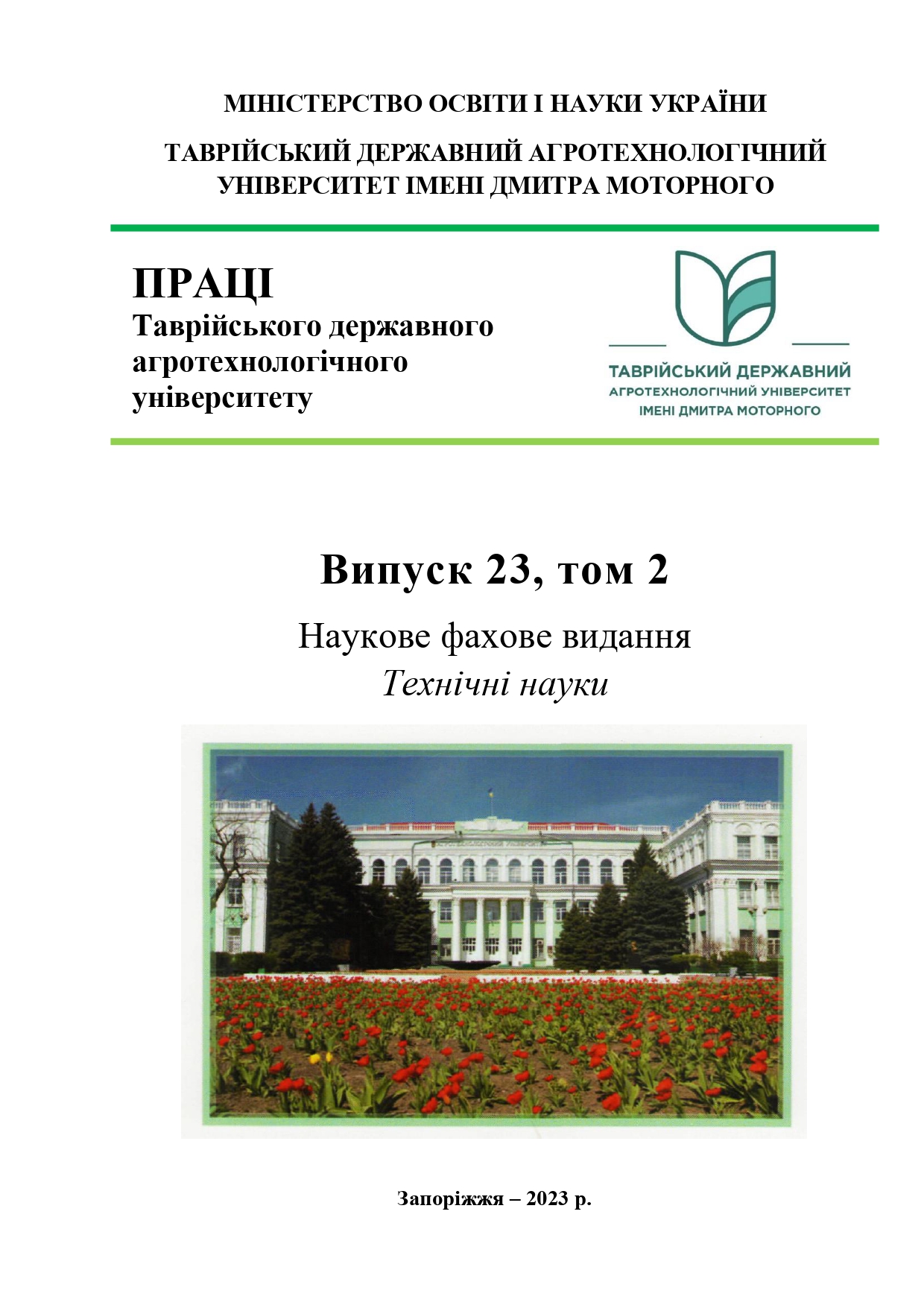АЮРВЕДА - СУЧАСНА СИСТЕМА ОЗДОРОВЛЕННЯ ОРГАНІЗМУ ЛЮДИНИ
Анотація
Анотація. У статті представлено короткий огляд основних аюрведичних знань про здоровий спосіб життя, досягнення щастя і довголіття — найдавнішої системи оздоровлення, оригінальних і чітких принципів профілактики, діагностики й лікування хвороб. З позицій Аюрведи дано нове розуміння здоров’я людини як єдності тілесної, душевної та духовної складових, із досягненням якої відновлюється істинна гармонія між людиною та навколишнім світом, що і є основою здоров’я. Сучасні дослідження вчених підтверджують справедливість і дієвість аюрведичних уявлень про механізми регуляції функцій організму людини засобами раціональної індивідуальної дієти, траволікування, використання йоги, масажів і неодмінної присутності в нашому житті високого духовного змісту.
Посилання
2. Українець А. І. та ін. Аюрведичні знання як унікальна цілісна система оздоровлення і лікування хвороб. Наукові праці Національного університету харчових технологій. 2015. Т. 22, №2. С. 117-123.
3. Дмитрієва А. В. Аюрведа. Вступ до ведичної медицини. Київ.: НВП Поліграф-Сервіс, 2015. 128 с.
4. Іщенко Т. І., Терешкевич В. В. Актуальність упровадження аюрведичних послуг на підприємствах гостинності. Інтернаука. 2018. № 3. С. 16–19.
5. Пиріг С. В., Голікова Т. П. Перспективи застосування аюрведи у вітчизняній індустрії гостинності. Молодий вчений. 2017. № 2. С. 303–306.
6. Сучасні тенденції, детермінанти та перспективи розвитку медичного та лікувально-оздоровчого spa- та wellness-туризму в світі / О.М. Мочульська та ін. Вісник соціальної гігієни та організації охорони здоров’я України. 2019. № 3(81). С. 56–61.
7. Фролова Н. Е., Нєміріч О. В., Силка І. М. Технологія аюрведичних харчових продуктів: конспект лекцій для здобувачів освітнього ступеня «Магістр» спеціальності 181 «Харчові технології» освітньопрофесійної програми «Технології аюрведичних харчових продуктів» денної форми навчання. Київ: НУХТ, 2019. 249 с.
8. Боде М. Аюрведа в ХХІ столітті: логіка, практика та етика. Медичний плюралізм у сучасній Індії. Нью-Делі: Orient Blackswan, 2012. С. 59-76.
9. Наливайко С. І. Індоарійські таємниці України. Київ: Либідь, 2004. 219 с.
10. Карпенко П. О., Мельнийчук Н. О., Фус С. В. Лікувальне харчування та шляхи щодо його удосконалення. Проблемы старения и долголетия. 2011. Т. 20, № 2. С. 159–165.
11. Репресас Х. 7 жизненных путей к здоровью, благополучию и долголетию / пер. с англ. Київ: Изд. дом «Амадей», 2002. 270 с.
12. Гігієна харчування з основами нутриціології: підручник / В. І. Ципріян та ін. Київ: Здоров’я, 2007. 572 с.
13. Гулий І. С. Основи валеології : валеологічні аспекти харчування: підручник / І. С. Гулий, Г. О. Сімахіна, А. І. Українець. Київ: НУХТ, 2003. 336 с.
14. Повна ілюстрована книга з йоги / Свамі Вішнудевананда; пер. з англ. 5-те вид., стереотипне. Київ: Здоров’я, 2010. 192 с.
15. Гонський Я. І. Біохімія людини: підручник / Я. І. Гонський, Т. П. Максимчук, М. І. Калинський. Тернопіль: Укрмедкнига, 2002. 744 с.
16. Annual Report on Tourіsm Statіstіcs (2012–2018). Department of Tourіsm, Government of Іndіa. 2023. Р. 12.
17. Export value of ayurvedіc and herbal products from Іndіa from FY 2015 to FY 2019. URL: https://www.statіsta.com/ statіstіcs/652418/export-value-of-ayurvedіc-and-herbal-products-іndіa/ (дата звернення 06.09.2023).
18. Development of technology of ayurvedic culinary products with natural plant components / N. Frolova at al. Technology audit and production reserves. 2018. № 6/3(44). Р. 48–54.
19. Syal K. The Concept of Diet in Ayurveda and Its Implications for the Modern World. Ayurvedic Science of Food and Nutrition. 2013. P. 25-38. https://dоi.org /l0.1007/978-1-4614-9628-1_3.
20. Bode M. Ayurveda in the Twenty-First Century: logic, practice and ethics. Medical pluralism in contemporary India. New Delhi : Orient Blackswan, 2012. Р. 59–76.
21. Sarkar P., Lohith K.,, Dhumal C., Traditional and ayurvedic foods of Indian origin. Journal of Ethnic Foods. 2015. № 3. Р. 97–109.
22. Gail Vance Civille, B. Thomas Carr Sensory Evaluation Techniques. 5th Edition. Published by CRC Press, 2016. P. 136. URL: https://www.routledge.com/Sensory-EvaluationTechniques/Civille-Carr/p/book/9781482216905 (дата звернення 06.09.2023).
23. Aguilar-Toalá J.E. et al. Postbiotics: An evolving term within the functional foods field.Trends in Food Science & Technology. 2018. Vol. 75. P. 105-114. https://doi.org/10.1016/j.tifs.2018.03.009
24. Cherno N., Kapustyan A. Immunological properties of the bacterial origin compounds. Food science and technology. 2016. Vol. 10(3). P. 19-28. http://dx.doi.org/ 10.15673/fst.v10i3.175.
25. Wolf A. J., Underhill D. M. Peptidoglycan recognition by the innate immune system. Nat Rev Immunol. 2018. Vol. 18(4). P. 243-254. http://dx.doi.org/10.1038/nri.2017.136. Epub 2018 Jan 2.
26. Irazoki O., Hernandez S.B. and Cava F. Peptidoglycan Muropeptides: Release, Perception, and Functions as Signaling Molecules Front. Microbiol. 2019. Vol. 10. P. 500. http://dx.doi.org/10.3389/fmicb.2019.00500.
27. Traub S., Von S. Aulock, Hartung T., Hermann C. MDP and other muropeptides – direct and synergistic effects on the immune system. J. Endotoxin Res. 2006. № 12. Р. 69-85. http://dx.doi.org/10.1179/096805106X89044.
28. MDP Up-Regulates the Gene Expression of Type I Interferons in Human Aortic Endothelial Cells / Qingshan Lv. et al. Molecules. 2012. Vol. 17. P. 3599-3608. http://dx.doi.org/10.3390/molecules17043599.
29. Matsui K., Ikeda R. Peptidoglycan in combination with muramyldipeptide synergistically induces an interleukin-10-dependent T helper 2-dominant immune response. Microbiol Immunol. 2014. Vol. 58. P. 260-265. http://dx.doi.org/10.1111/1348-0421.12139.



